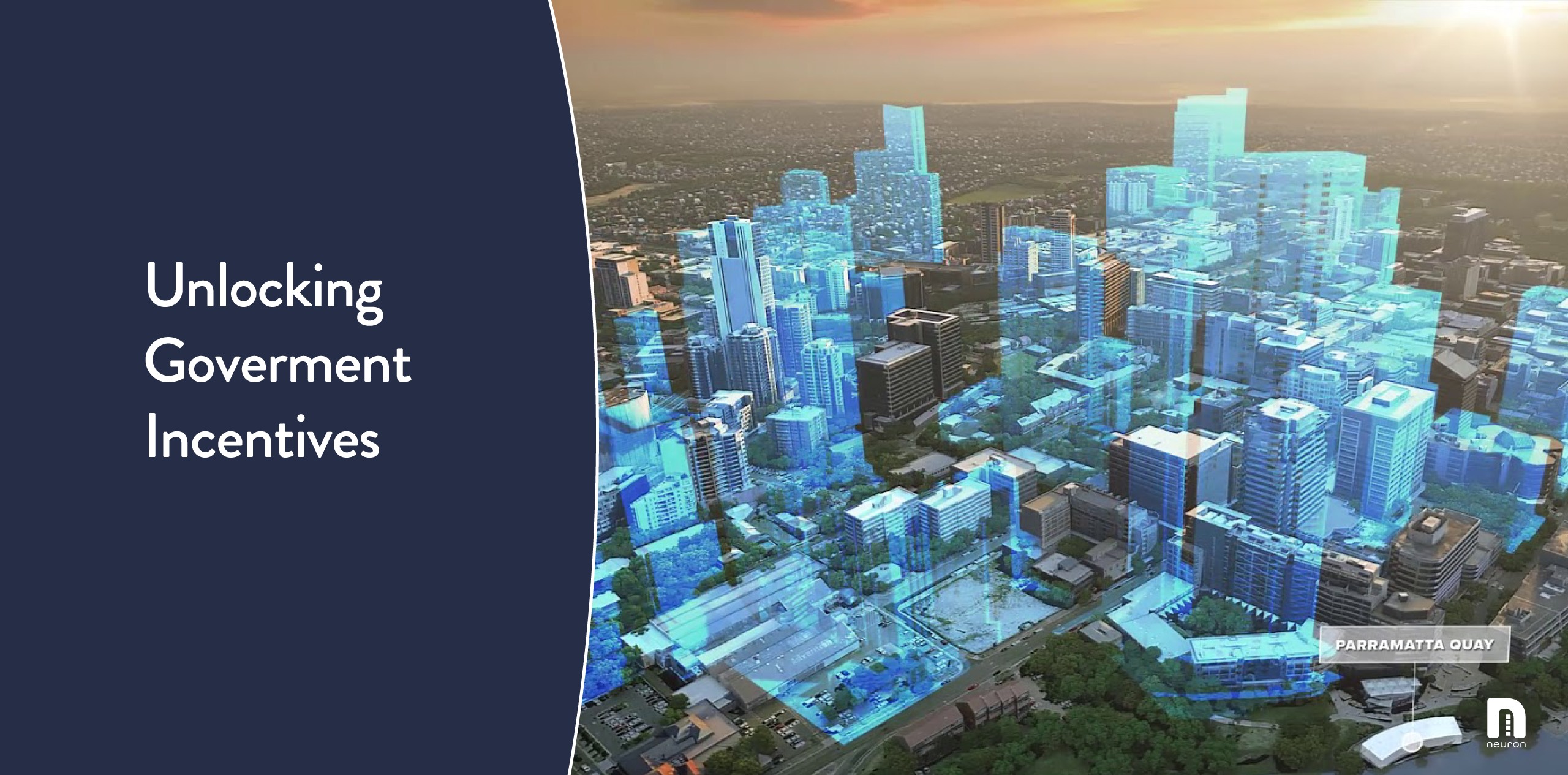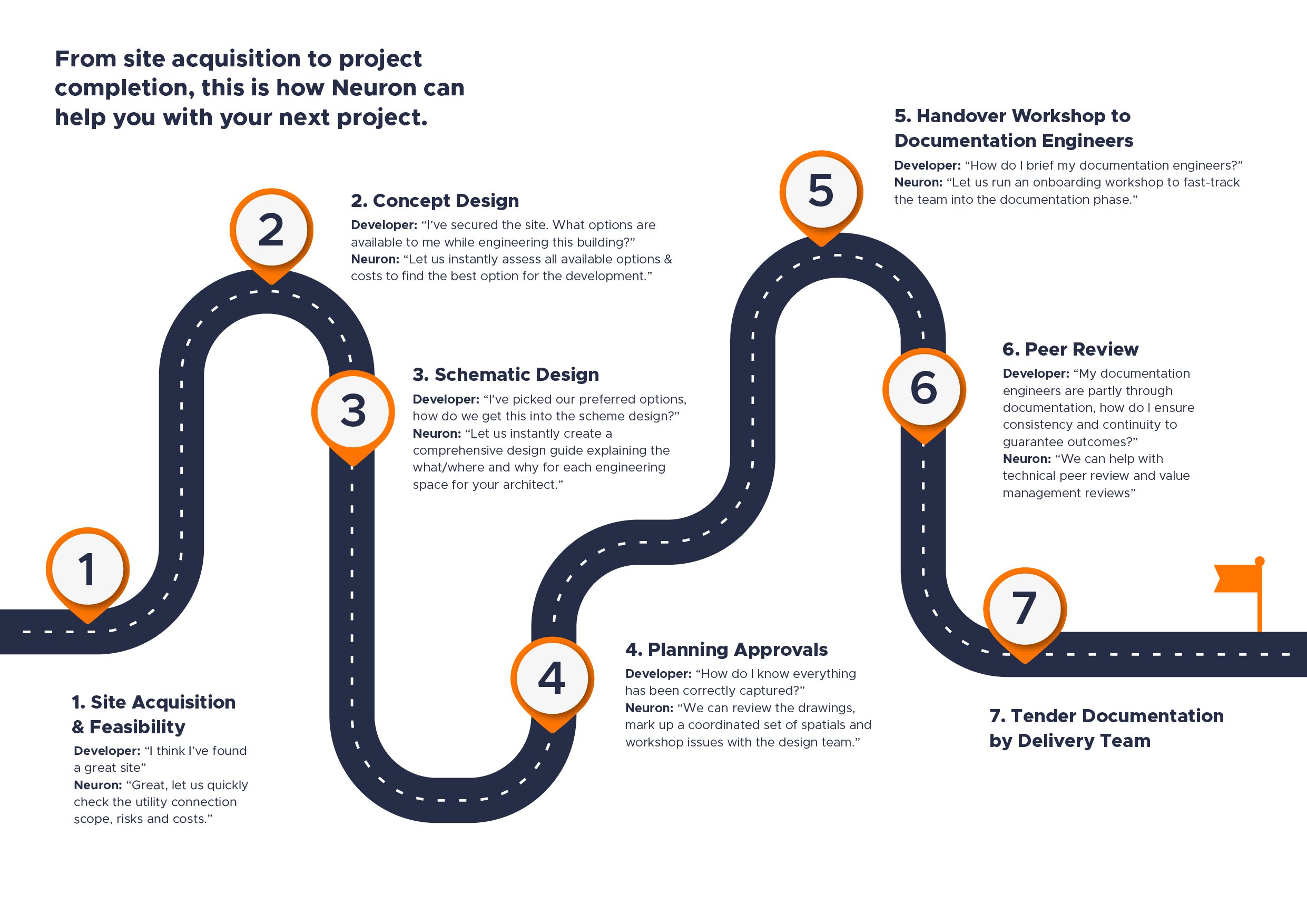AI keynote speech: navigating the ever-changing digital landscape
December 12, 2023Neuron Case Study: STH BNK by Beulah (Green Spine)
February 2, 2024AI keynote speech: navigating the ever-changing digital landscape
December 12, 2023Neuron Case Study: STH BNK by Beulah (Green Spine)
February 2, 2024
Unlocking affordable housing incentives in light of recent policy amendments by the NSW State Government.
The critical need for affordable housing in Australia has prompted various state-specific policies and incentives aimed at fostering development for low to moderate-income earners.
Neuron has actively partnered with several Community Housing Providers (CHPs) in New South Wales and Queensland, facilitating residential and commercial projects that are mutually beneficial to both the vendor and the CHP.
In this article, we'll delve into how property developers can leverage government incentives and navigate engineering requirements for new acquisitions, projects in pre- and post-DA stages, and buildings in detailed design phases. Case studies will illustrate how Neuron can enhance building outcomes while reducing costs and expediting timelines.
Government support
for affordable housing
The government of New South Wales (NSW) has introduced various incentives to encourage the construction of affordable housing. These include a 30% bonus in floor space and height, as well as an expedited development approval process for projects that allocate at least 15% of their space to affordable housing.
Recently, the NSW State Government announced policy changes that allow developers to include as little as 10% affordable housing if they are unable to meet the full 30% bonus in floor space and height. This change is intended to offer more flexibility to developers who may find it challenging to meet the full 30% bonus because of other development controls.
Neuron has offered advice on the NSW Government's proposed scheme on three residential projects. We conducted multiple iterations to determine the right floor space ratio for each development, testing the viability of the projects with varying levels of affordable housing inclusions, ranging from 0% to 30%.
Case study 1
Hours
Saved
During a recent project involving a tower in Chatswood, we ran 14 different scenarios to assess the impact of the uplift. This included the addition of new apartments and the allocation of additional car parking spaces for these apartments.
The car parking spaces were equipped with different numbers of EV Chargers and were arranged in various mixed-use arrangements for food and beverage (F&B). We compared F&B and non-F&B options to find a solution that didn't require an additional substation. This saved the client half a million dollars and potentially a hundred square metres of substation space. The process took four hours.
In light of the recent policy changes, it is no longer necessary to aim for the full 30% uplift. Instead, by running multiple options analyses early on, we can discover the best solution for the development. This can add significant value to projects, of all types and sizes.

Incentives, explained
Here's a breakdown of the NSW incentives:
Floor Space Incentives for SSD Approval Pathways: Residential developments worth over $75 million can access the SSD planning approval pathway by providing at least 15% of their gross floor area for affordable housing. This grants a 30% increase in floor space ratio and height bonus. Revised policy allows a minimum of 10% affordable housing if 30% can't be met.
Negotiated Planning Agreements: Developers can engage in negotiations with the government to include affordable housing in their projects, which may encompass a range of incentives and contributions supporting affordable housing initiatives.
National Rental Affordability Scheme (NRAS): In collaboration with the Commonwealth Government, NSW offers financial incentives to encourage the construction and rental of properties at below-market rates. The NRAS program aims to enhance rental housing affordability for eligible tenants.
Partnerships for Affordable Housing: NSW encourages partnerships between community housing providers and private developers to undertake affordable housing projects, a strategy that Neuron has already engaged in to combine both sectors' expertise and resources for increasing affordable housing availability.
Optimising Net Saleable Area (NSA)
and cost allocation
To fully utilise these government incentives and contribute to affordable housing initiatives, property developers should optimise their Net Saleable Area (NSA) and allocate costs judiciously to unlock development sites.
Optimisation can be achieved through collaboration with the Neuron team, leveraging their options analysis software and consulting experience to maximise the potential return on investment:
Options Report: Consider commissioning an options report that evaluates multiple design and layout possibilities for the project. This report will identify opportunities for optimising NSA and floor space value while managing costs. The analysis includes layout reconfiguration, innovative design solutions, and consideration of specific affordable housing needs.
Substation Arrangements: Developers should carefully consider substation arrangements, as exceeding certain thresholds may necessitate additional infrastructure that is financially impractical. Neuron has generally found affordable housing projects can achieve an 18% uplift in GFA before the substation needs to be up-sized.
Case study 2
Apartments
Floor space ratio uplift
This project adhered to current planning regulations, featuring 352 apartments across mid-rise towers and a common basement. The primary outcomes included:
During the concept phase, we future-proofed the entire project, including services and structural engineering, to help our client qualify for the government's scheme.

Case study 3
Apartments
Ground floor area uplift
This project included a base scheme in accordance with current planning regulations of 480 apartments across high-rise towers and a common basement. The high-level outcomes are as follows;
Neuron found that the maximum feasible GFA increase was 22%, not 30%, as required at the time. It calculated the percentage increase required to avoid additional substation and mechanical upgrades. The case study aligns with new policy of reducing the affordable housing percentage when 30% is not met.

What's next?
The NSW Government has shown its commitment to affordable housing through its policies and incentives that support developers and increase affordable housing options for the community. By running multiple design scenarios, property developers can optimise engineering solutions to maximise the quality and value of their projects.
With the recent policy updates, developers can now measure the percentage uplift as a sliding scale that reduces allocated affordable housing to a minimum of 10% if developments cannot reach the full 30% height and GFA bonus. This new policy has the potential to encourage more NSW projects to incorporate affordable housing in their developments, making it more accessible to everyone.
While there has been hesitancy to adopt the original policy, it is evident that the government has responded to the industry's concerns and successfully lobbied for better outcomes. In a recent article in the Sydney Morning Herald, Tom Forrest, head of the developer lobby group Urban Taskforce, has said the government's important changes will deliver more affordable homes. "We're broadly very happy, they've clearly listened."
The updated policy shows that the private sector can help achieve better building outcomes for affordable housing.
Get in touch at info@neuron.build to discuss your project’s needs.



